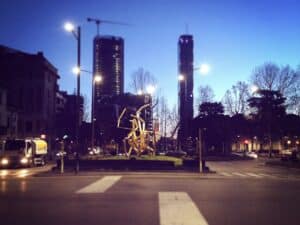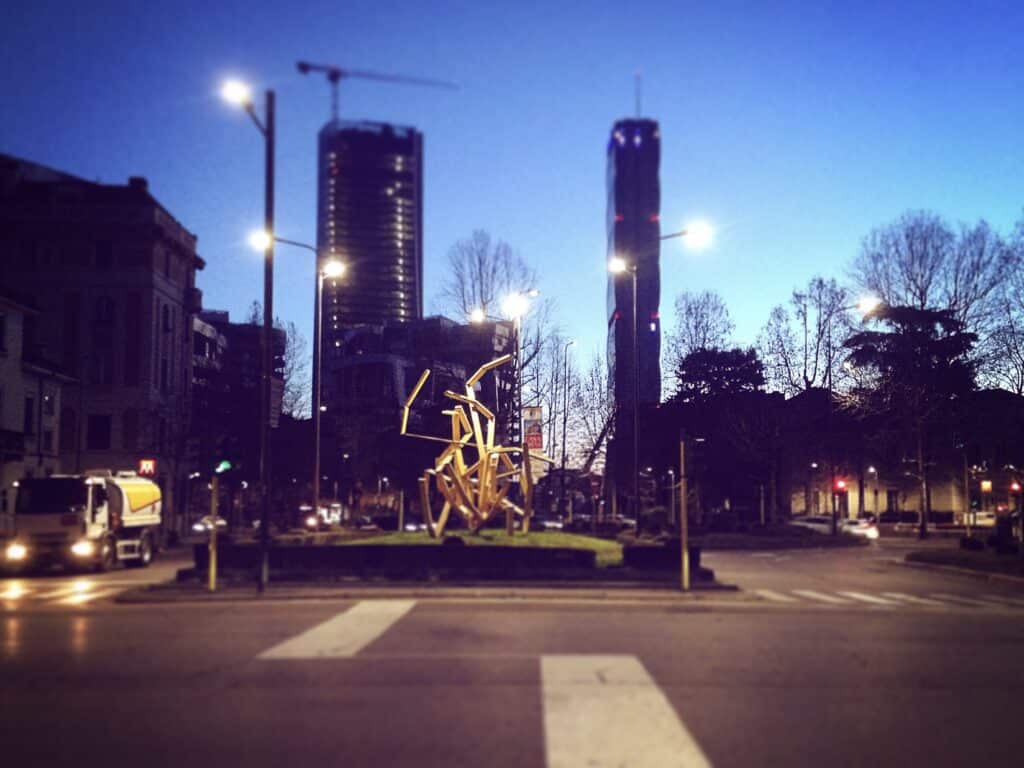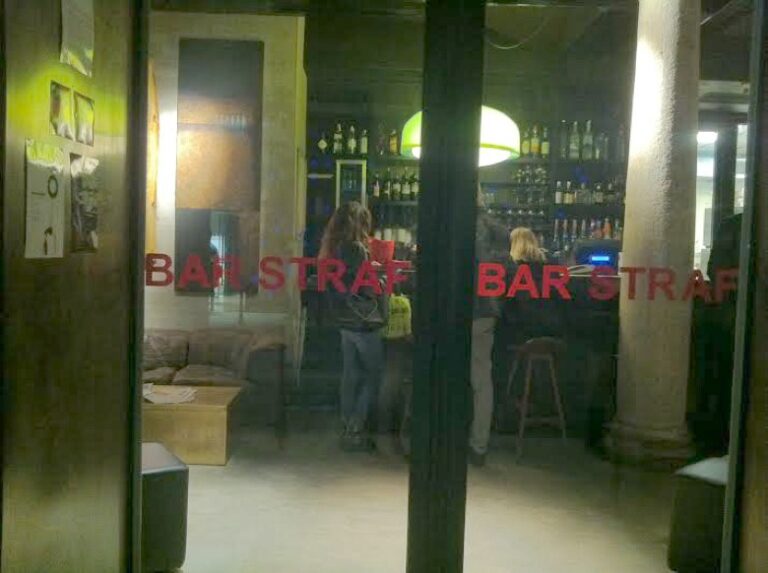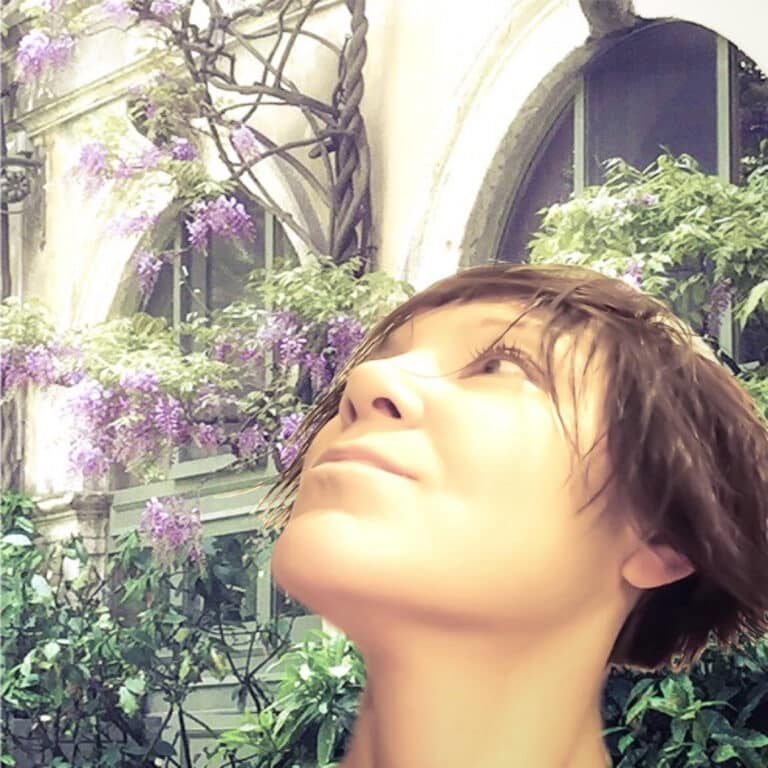Danza Milan
A yellow sculture for Piazza Amendola

Francesca from Milan
In 2007, Milan demonstrated its receptiveness to radical change and accepted it with sensational works, like the remediation of big areas, but also by supporting an urban transformation even on a smaller scale, promoting permanent art installations all around the city. This is the case of the sculpture “Danza” (“Dance”), dated 2006, a big yellow iron sculpture by G. Pardi, right in the middle of piazza Amendola.
I used to live very close by for five years, and that monument had become my personal landmark: for me it's still the symbol of Milan’s transformation and of the connection between the new & the old city. I remember that when it was just inaugurated, I didn’t like it: I didn’t understand it. To me, it looked like a big iron shrub growing from the ground, with those huge broken iron lines painted yellow. So I decided to get informed and read about its history and its meaning.
The sculpture was created for a private foundation to celebrate their twenty years of activity. It donated the artwork to the municipality and it represents the idea of movement and change. It's no coincidence that yellow in the language of art means strength and energy. Then I understood that this sculpture is perfect for Milan because it reflects its extraordinary dynamic ability.
My suggestion is to get to Piazza Amendola with the underground (the metro station is very special) and then continue through the park, towards the east, to get directly to the new area of CityLife.
Milan Spotter Francesca
About this spot
Piazza Giovanni Amendola
- 24 hours daily
€
free
Our Milan City Guide
Find your way with 195 Insider Tips from our Local Spotters
Loved it? Join us!
Loved this Spot?Join your international community. Share your favs and become part of our international community!
Nice place right!? There’s so much more to discover:
Discover all other hidden gems in Milan


Frizzi & Lazzi
Your favorite beer garden ever
"Frizzi & Lazzi" is one of my old-time favorite beer gardens in Milan. It's an unassuming, easy-going place that has become a point of reference since '82.
by
Susanna
Baggio
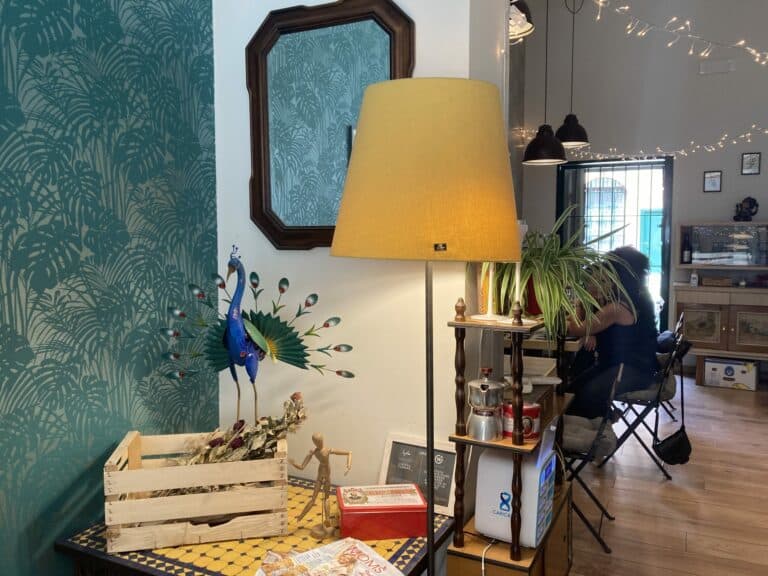

Ofelé
My go-to place for Sunday brunch
"Ofelé" in Milan is a bistrot bakery that makes some of the best (Sunday) brunches around. It's simply one of my favorite pancake spots in town...
by
Carmen
Condeescu
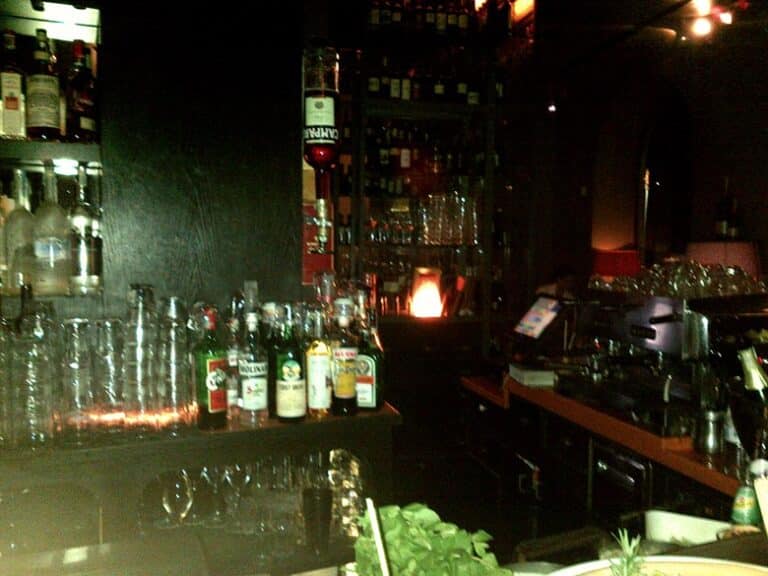

Living Liqueurs & Delights
Fashion and aperitivo
"Living Liqueurs & Delights": one of my favorite aperitivo spots in Milan and its first real vodka bar. It has a beautiful bar ambiance & a nice lounge...
by
Ivan
Kalinov
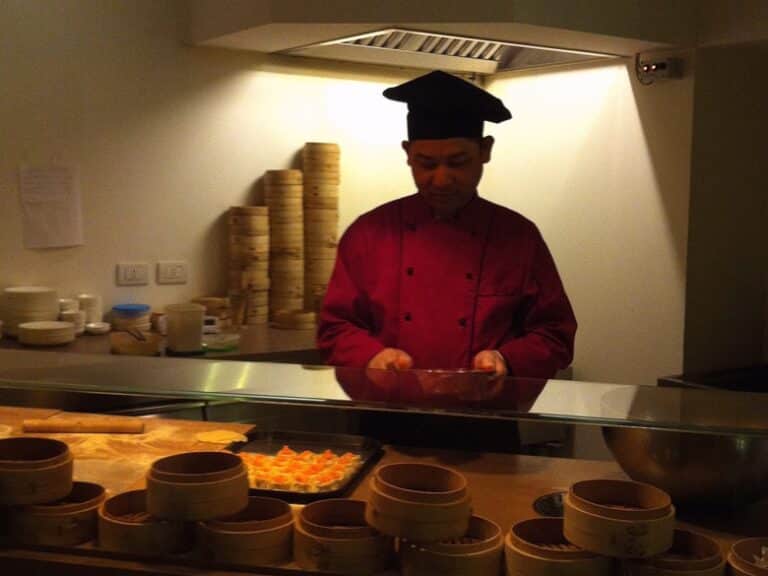

DOU
Dim Sum paradise
"DOU" was the first (Asian) restauarant I bumped into in Milan, and it remains one of my favorites in the city. What I like is the selection of cuisines...
by
Ivan
Kalinov
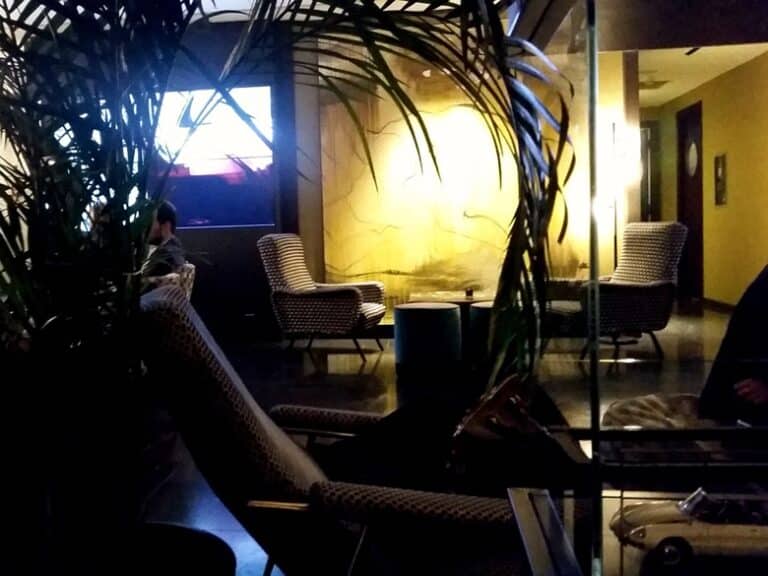

Terrazza 12 Bar
Back to the '50s
"Terrazza 12 Bar" is reminiscent of Tokyo, in that sometimes you have to look up to find the gems. So in Milan - it's on the top floor of Bryan & Barry...
by
Ivan
Kalinov
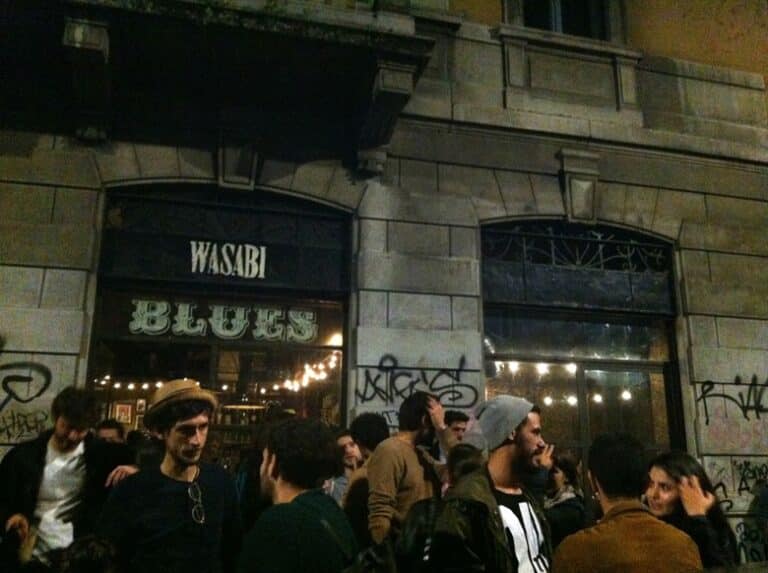

Wasabi Bar
Williamsburg in Milan
"Wasabi Bar" is one of the greatest bars in Milan. Why? Because it's great! It's actually tiny, but don't be misled: the drink selection & design are...
by
Ivan
Kalinov
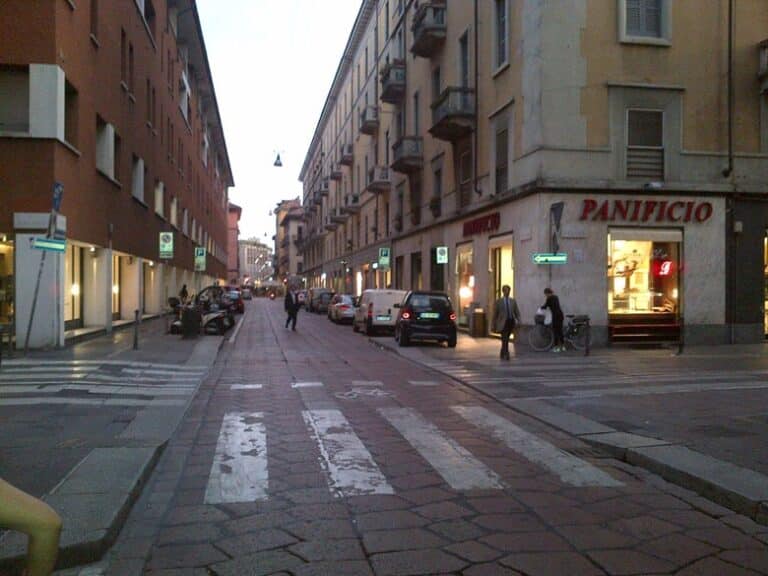

Via Solferino
Independent shopping
"Via Solferino" is a central Milan street, yet far away from the crowds. I go there to just look around the shop and I'm sure I can always find I...
by
Ivan
Kalinov
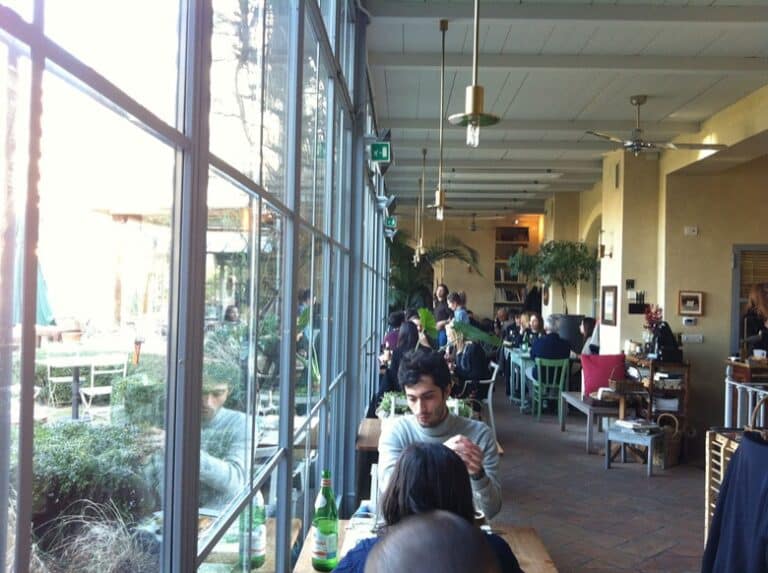

Al Fresco
A meeting place with food and dining
"Al Fresco" is my Milan cafe/restaurant I'd never visited because it was just next door to my place! Let me tell you, that was a mistake, if only for...
by
Ivan
Kalinov
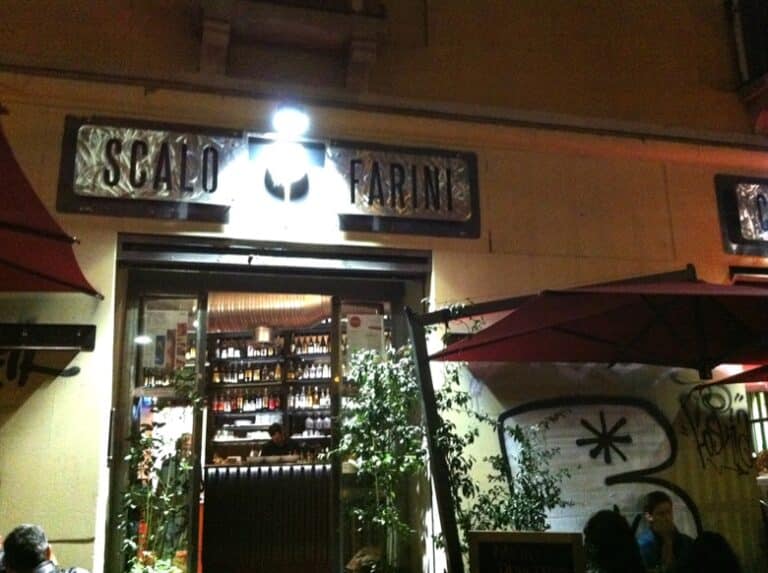

Scalo Farini
Great aperitivo
"Scalo Farini" in Milan is a bar recommended to me by an Isola local as the best aperitivo in town. I can say that I haven't tried any better than this.
by
Ivan
Kalinov
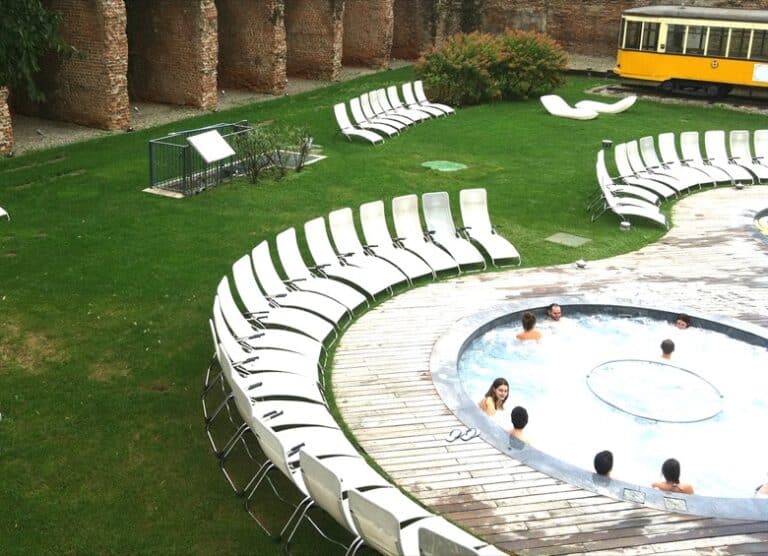

QC Terme Milano
Total relax in the city
"QC Terme Milano" is the place for you if you're just a bit tired. Honestly, I wouldn't have expected to find a spa like this in the city...
by
Ivan
Kalinov
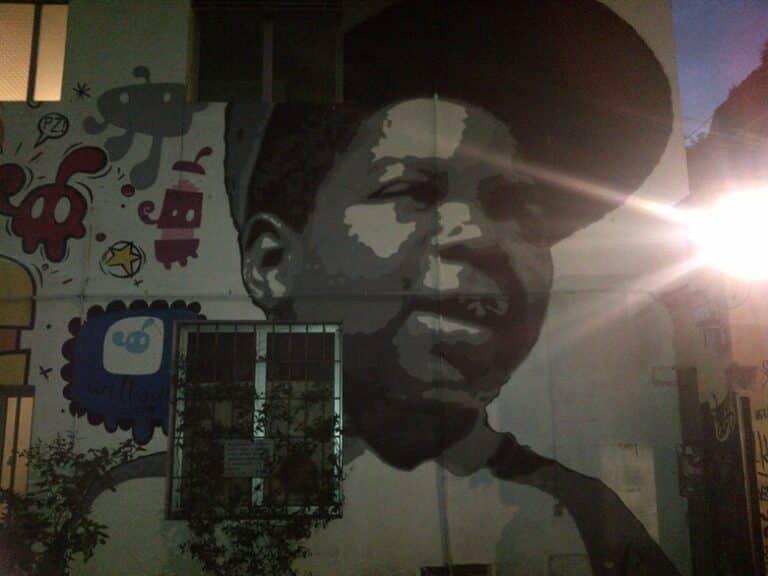

Frida
Chilling in alternative & hip Isola
"Frida" Milan is one of the places that for me defines the spirit of Isola. It's a great bar with affordable drinks, a great terrace and cool people...
by
Ivan
Kalinov
Heading to Milan?
195 Insider Tips from our local Spotters
Authentic Stories by Real People
Escape the Crowd & Travel Slow 🐌
... for just €9.99

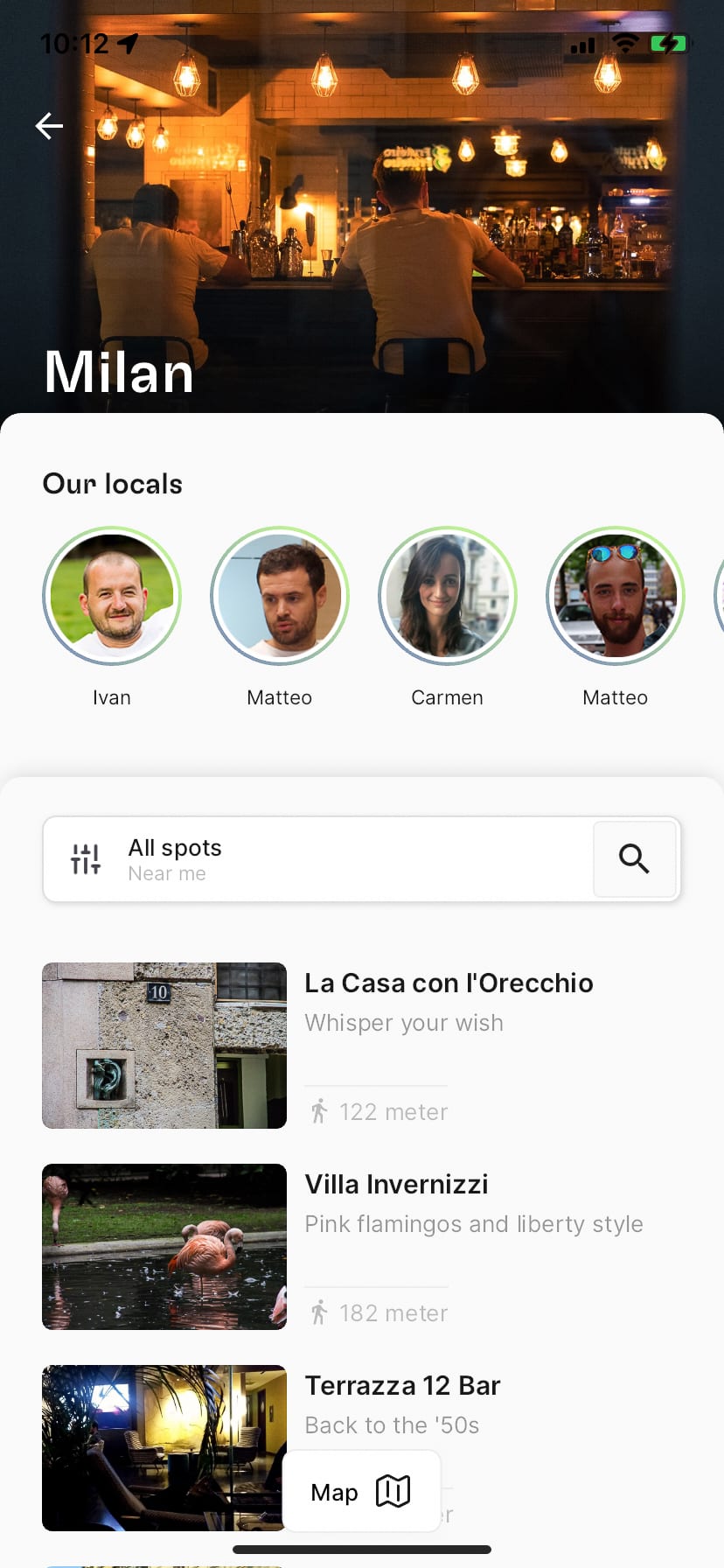

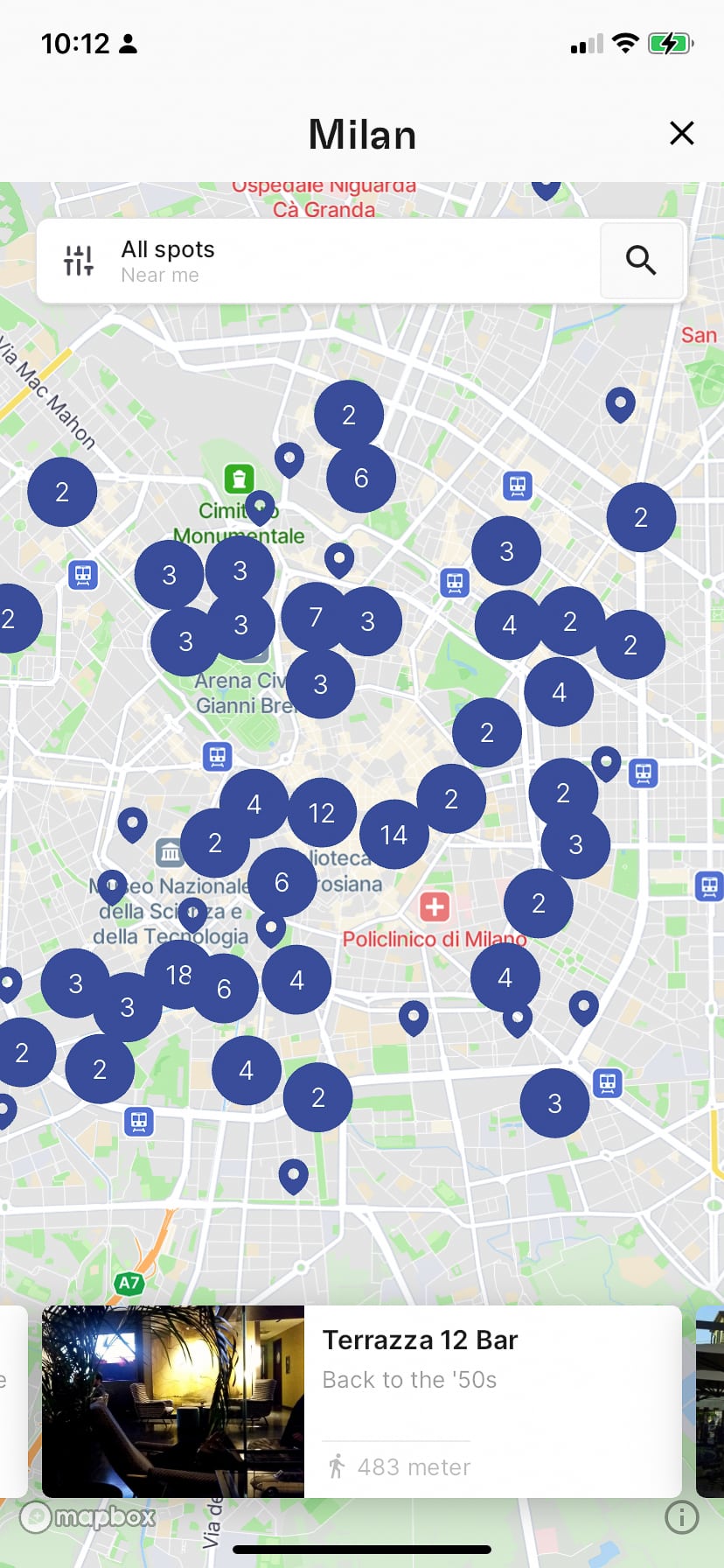


Heading to Milan?
✓ 0 Insider Tips from our local Spotters
✓ 195 Insider Tips
✓ Escape the Crowds
✓ Find Spots nearby
✓ Authentic Stories
... for just €9.99
City guides by those who know the city in and out!
Our Locals' Favorite Art & culture
Our team loves Milan
Get to know our other Spotters from Milan
As featured on:




